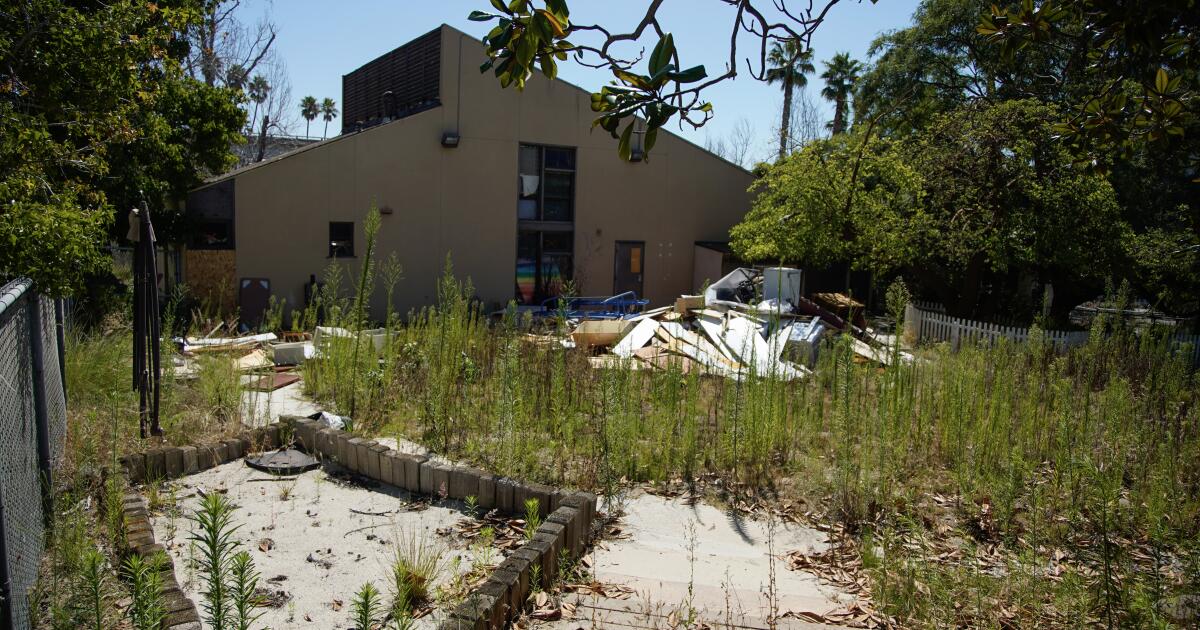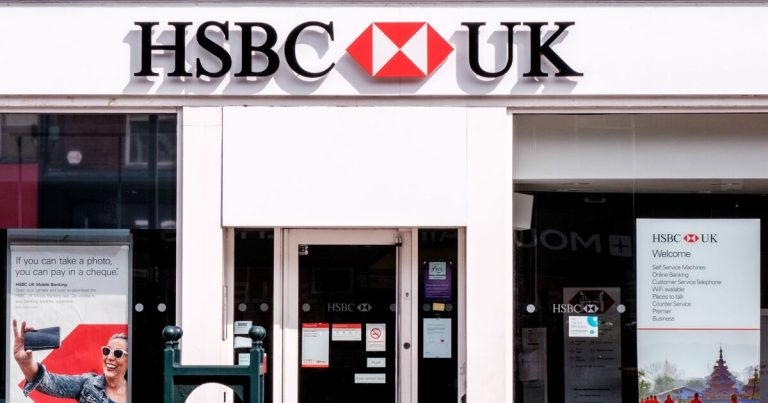

The San Diego City Council rejected a wide-ranging package of housing incentives Monday based on concerns about concentrating more poverty in San Diego’s low-income areas and over-complicating city regulations.
During a heated five-hour public hearing, council members declined to approve two versions of the package of incentives, which aims to spur more housing for college students, people facing homelessness and middle-income residents.
Other elements are incentives for building new single-room-occupancy hotels, a policy accelerating conversion of businesses like scrapyards into housing and looser rules for housing on public land and underutilized commercial sites.
City officials said a revised version of the package, dubbed Housing Action Package 2.0 by Mayor Todd Gloria, would likely return to the council next year with some revisions.
But the most controversial element of the package is a proposal to start allowing developers that participate in the city’s 3-year-old Complete Communities program to build low-income housing and market-rate housing in separate locations.
To avoid concentrating low-income housing in already poor areas, the proposal would have required that housing to be built in either moderate- or high-income areas of the city.
That prompted many critics to complain that the proposal was akin to a revival of redlining, a practice in the 1940s, 1950s and 1960s that prevented people of color from buying homes in certain neighborhoods.
Councilmember Monica Montgomery Steppe said she couldn’t vote for the package with that element included, saying the program must continue to require the low-income housing be built on the site of the market-rate units.
“True integration — that’s what on-site provides for,” she said.
Such concerns prompted Council President Sean Elo-Rivera to propose an amendment that would have tightened which middle-income areas in which developers can build the low-income housing in question.
He proposed that it be allowed only if the site is within the same community planning area — essentially the same neighborhood — or that it be within one mile of the market-rate housing.
The council deadlocked 4-4 on that proposal, with Councilmembers Marni von Wilpert and Stephen Whitburn voting no based on concerns that Elo-Rivera proposed his amendment too late in the process.
Elo-Rivera apologized but said his timing was prompted by concerns that developers might have bought the votes of council members had he made his proposed amendments public in advance of Monday’s meeting.
“There’s a reason why I wouldn’t necessarily share these last week,” he said. “Folks with a lot of power and a lot of influence would have undoubtedly starting making calls to tell us that we shouldn’t make it more restrictive.”
Whitburn and von Wilpert were joined in opposition by Montgomery Steppe and Jennifer Campbell, who said she was voting against the package because it was too complicated.
She also criticized Gloria and her colleagues for approving too many housing incentives in recent years, contending those incentives either don’t spur more housing or ruin neighborhood character when they do.
When Whitburn and von Wilpert put the orginal proposal, without Elo-Rivera’s amendments, to a vote, it failed 5-3. They were joined in support by Vivian Moreno.
The public hearing was split mostly evenly by supporters of housing incentives and residents from single-family neighborhoods who oppose the city’s aggressive efforts to woo housing developers.
Hannah Gbeh, vice president of government affairs for the Building Industry Association, said more housing capacity is the only solution to San Diego’s housing crisis.
“We are ranked No. 1 as the most expensive place to live in the nation,” she said.
She noted that the moderate-income areas where the proposal would allow low-income housing include Bankers Hill, Little Italy, Mission Hills, Golden Hill, Mission Valley, Clairemont and Linda Vista.
The group Neighbors for a Better San Diego said the city has already added more than 1 million units of housing capacity in recent years, contending it would make more sense to figure out why developers haven’t taken advantage.
Students from UC San Diego praised the proposal to incentivize student housing near college campuses. The policy would eliminate the need for agreements with the nearby school and allow more units than the existing zoning.
“The continued development of affordable housing is the No. 1 priority of students on our campus because we are on the populations who are affected most,” said Alex Ross, a member of the university’s student government.
Another key reform in the package is targeting businesses like scrapyards and other environmentally hazardous businesses for conversion to housing. The policy would apply only in the promise zone in southeastern San Diego and only on land zoned residential.
Such businesses would have to relocate within 15 years so that the land could be converted to housing.
The package also includes incentives for construction of new single-room-occupancy hotels, widely considered the lowest rung on the housing ladder above homelessness.
Development across downtown in recent decades has shrunk the number of remaining SRO units in the city from roughly 14,000 in the late 1980s to less than 3,000 today.
Additional incentives in the package focus on encouraging developers to build large projects on public land or commercial land that is not considered well used, such as large parking lots or strip malls with lots of vacancies.







